Introduction
The architectural rendering landscape is undergoing a significant transformation, driven by advancements in artificial intelligence. As architects seek to optimize their workflows and enhance the quality of their visual outputs, AI emerges as a pivotal tool, facilitating real-time visualizations and automating labor-intensive tasks.
This article delves into the multifaceted role of AI in architectural rendering, exploring its potential to:
- Streamline processes
- Improve client engagement
- Address the growing demand for sustainable design solutions
From expert tips on implementing AI tools effectively to an examination of the challenges and future trends, the discussion offers a comprehensive overview of how AI is reshaping the architectural profession, empowering architects to focus on creativity while ensuring precision and efficiency in their projects.
The Transformative Role of AI in Architectural Rendering
AI tools for architectural rendering are transforming architectural visualization by streamlining workflows, enhancing detail accuracy, and enabling real-time capabilities. At J. Scott Smith Visual Designs, our collaborative design process begins with initial communication, where we capture your project specifications and goals. This attention to detail ensures that our presentations become a bridge between concept and reality, showcasing functionality and aesthetics that enhance client satisfaction.
Advanced technologies, particularly machine learning algorithms, rapidly analyze extensive datasets, facilitating the efficient generation of high-quality 3D renderings with the use of AI tools for architectural rendering. For instance, AI-driven software can accurately predict lighting scenarios and material appearances, producing visually realistic outputs that previously required substantial time and effort. This paradigm shift enables architects to focus on the imaginative aspects of creation while utilizing AI tools for architectural rendering to handle labor-intensive tasks, thus enhancing productivity and encouraging innovative methods in architectural projects.
Furthermore, our detailed interior visualizations not only display project aesthetics but also involve clients effectively, ensuring their specifications are fulfilled and promoting investment confidence. Throughout the collaborative process, we emphasize the importance of feedback, tailoring our proposals to align with client expectations and refining our work based on ongoing input.
As the architectural industry increasingly prioritizes sustainability—with 72% of firms identifying it as a top concern—AI tools for architectural rendering play a crucial role in addressing these evolving demands and streamlining design processes. The sustainable architecture sector is projected to grow at a CAGR of 7.5% from 2021 to 2028, highlighting the industry’s commitment to sustainability and how AI can facilitate this growth. Furthermore, the financial implications of adopting AI technologies in architecture are significant; according to Fortune Business Insights, the global digital asset management market was valued at $3.96 billion in 2023, underscoring the economic benefits of integrating AI into architectural practices.
Expert Tips for Implementing AI Tools in Architectural Rendering
To ensure the successful execution of AI applications in architectural visualization, consider the following expert recommendations:
Select Suitable Programs: Begin by assessing the unique requirements of your projects to choose AI software that meets those needs effectively. Notable options in 2024 include Lumion and Enscape, recognized for their real-time visualization capabilities. Additionally, mnml.ai can transform sketches into fully rendered images and allows control over details like colors, finishes, and lighting using text prompts, making it a valuable tool in the visualization process.
Provide Clear and Timely Information: As emphasized in our experience, providing accurate specifications early in the project is crucial. This includes detailed dimensions, materials, and design intentions, whether starting from comprehensive construction sets or basic sketches. The clarity of information can save significant time and costs in the rendering process.
Invest in Training: Prioritize comprehensive training sessions for your team to ensure proficiency with these new resources. As Dinnie Muslihat from Chaos emphasizes,
So, it’s a good idea to keep an eye out for the latest developments to ensure you have the best resources to complement your skills and expertise as an architect.
This investment in knowledge is essential for maximizing the potential of AI technologies.Integrate AI into Existing Workflows: Begin by incorporating AI resources at specific stages of your rendering process, such as during initial modeling or material selection. This phased approach allows for smoother integration and minimizes disruption.
Monitor and Evaluate Performance: Continuously assess the effectiveness of the AI resources you adopt. Regular evaluation not only helps in refining their usage but also ensures that they deliver optimal results for your projects. The growing trend of AI applications, as evidenced by their impact in fields like YouTube content creation, demonstrates their transformative potential across various sectors, including architecture. For instance, just as YouTubers in 2024 utilize AI resources to enhance video production efficiency, architects can similarly benefit from these technologies.
Furthermore, the use of tools like Cove.Tool has facilitated the offsetting of 46 million tons of CO2, showcasing the environmental benefits of adopting AI solutions in architecture. Additionally, consider the importance of customization and revisions in your projects, as these elements can significantly influence the investment and outcomes of your visualizations.
Maximizing Efficiency and Quality with AI in Visualization
Integrating AI tools for architectural rendering into architectural visualization presents a remarkable opportunity for enhancing both efficiency and quality. With 3D townhome visualization, developers gain clarity and certainty, enabling them to communicate their architectural vision more effectively to builders, lenders, and municipalities. Our visualizations provide a powerful narrative—a story that sells not just homes but futures.
AI tools for architectural rendering can automate repetitive tasks like texture mapping and scene setup, significantly accelerating project timelines while improving communication among stakeholders. High-quality visuals serve as a window into the potential of each project, enabling informed decision-making and eliminating design misunderstandings. Recent reports indicate that firms utilizing AI tools for architectural rendering have achieved up to a 30% reduction in processing time, all while enhancing the fidelity of their visual outputs.
This trend is particularly evident in complex, high-profile projects within the luxury residential sector, where AI tools for architectural rendering have streamlined workflows and elevated visual standards. As the architectural environment keeps progressing, investing in high-quality 3D visualizations will be crucial for enhancing visualization processes and attaining exceptional outcomes in a competitive landscape with nearly 120,000 licensed designers across the U.S. Contact us today, and let’s bring your architectural ideas to vibrant life.
Navigating Challenges: Limitations of AI in Architectural Rendering
While AI tools for architectural rendering offer significant advantages, it is crucial to acknowledge their inherent limitations. A significant challenge encountered by designers is the steep learning curve associated with adopting new AI software. Statistics suggest that while 70% of professionals are comfortable using AI-generated recommendations, many individuals still need significant time to become skilled, which can impede prompt incorporation into their workflows.
Moreover, AI tools for architectural rendering often falter in managing nuanced choices that necessitate human intuition and creativity, particularly in capturing the intricate details—like the way sunlight dances off the windows and the subtle texture of the bricks—that enhance the realism and emotional impact of architectural renderings. As a result, outputs may differ from the creator’s original vision, and this reliance on AI can unintentionally suppress creativity in the development process, as some creators may cultivate an over-reliance on algorithmic solutions.
However, it is important to note practical uses of AI tools for architectural rendering, including AI chatbots that support planners by providing instant access to zoning laws and building codes, thereby streamlining the development process.
This capability enables designers to quickly identify zoning restrictions and requirements, saving hours of research and reducing the risk of legal complications. Comprehending these challenges is crucial for designers to strike an effective balance between utilizing AI tools for architectural rendering and preserving traditional design methodologies, ensuring that creativity and the essential details that make projects feel real remain at the forefront of architectural innovation. As Kalina Prelikj aptly puts it, designers must embrace their creative sides while navigating the multifaceted relationship with AI tools.
Future Trends: Innovations in AI for Architectural Rendering
The horizon of architectural rendering is being profoundly shaped by transformative trends in artificial intelligence, with significant advancements in the integration of AI with virtual and augmented reality (VR/AR). This integration redefines how builders interact with clients, providing immersive experiences that improve presentations and reviews. Notably, lifelike CG humans are revolutionizing architectural visualizations, effectively bridging the gap between realism and the uncanny valley.
AI-integrated BIM solutions such as ARCHICAD and Revit automate repetitive tasks, significantly enhancing workflow processes and allowing architects more time to concentrate on creative aspects. The rise of generative design further empowers AI systems to propose a multitude of design alternatives, optimizing for both aesthetic appeal and functional efficiency. As emphasized in our collaborative creation process at J. Scott Smith Visual Designs, maintaining smooth communication and understanding client goals is paramount.
Each project starts with preliminary discussions to customize proposals that exceed expectations, followed by meticulous detail modeling and material selection to ensure accuracy and high-quality outputs. Our process involves utilizing advanced software applications such as SketchUp and Lumion, which aid in the creation of realistic visualizations. As AI technology advances, its capacity to integrate user feedback will improve the customization of tools, resulting in solutions that are more intuitive and suited to specific project needs.
Significantly, the incorporation of AI also brings forth ethical considerations concerning responsible creation, reminding creators to prioritize user well-being and ethical practices in AI-enhanced creations. By staying informed about these developments, architects can harness AI to elevate their practices, ensuring impressive 3D renderings that effectively communicate design intent and leave a lasting impression, thereby maintaining a competitive edge in an ever-evolving industry landscape.
Conclusion
The integration of artificial intelligence in architectural rendering is not merely a trend; it represents a fundamental shift in how architects approach design and visualization. This article has explored the transformative impact of AI, highlighting its ability to:
- Streamline workflows
- Enhance client engagement
- Facilitate sustainable design practices
By automating labor-intensive tasks and providing advanced visualization capabilities, AI empowers architects to focus on the creative aspects of their projects while ensuring precision and efficiency.
Expert recommendations for implementing AI tools have underscored the importance of:
- Selecting appropriate software
- Providing clear specifications
- Investing in training
- Continuously evaluating performance
These strategies are crucial for maximizing the benefits of AI in architectural rendering, enabling firms to produce high-quality outputs in reduced timeframes. Additionally, the challenges associated with AI adoption, such as the learning curve and the potential loss of creative intuition, must be acknowledged. Balancing the use of AI with traditional design methodologies is essential to maintain the artistic essence of architecture.
Looking to the future, innovations in AI, particularly in conjunction with virtual and augmented reality, promise to revolutionize client interactions and design presentations. As architects navigate this rapidly evolving landscape, staying informed about emerging trends and ethical considerations will be vital. Ultimately, the successful integration of AI into architectural practices not only enhances operational efficiency but also enriches the creative process, allowing architects to bring their visions to life with unprecedented clarity and impact.

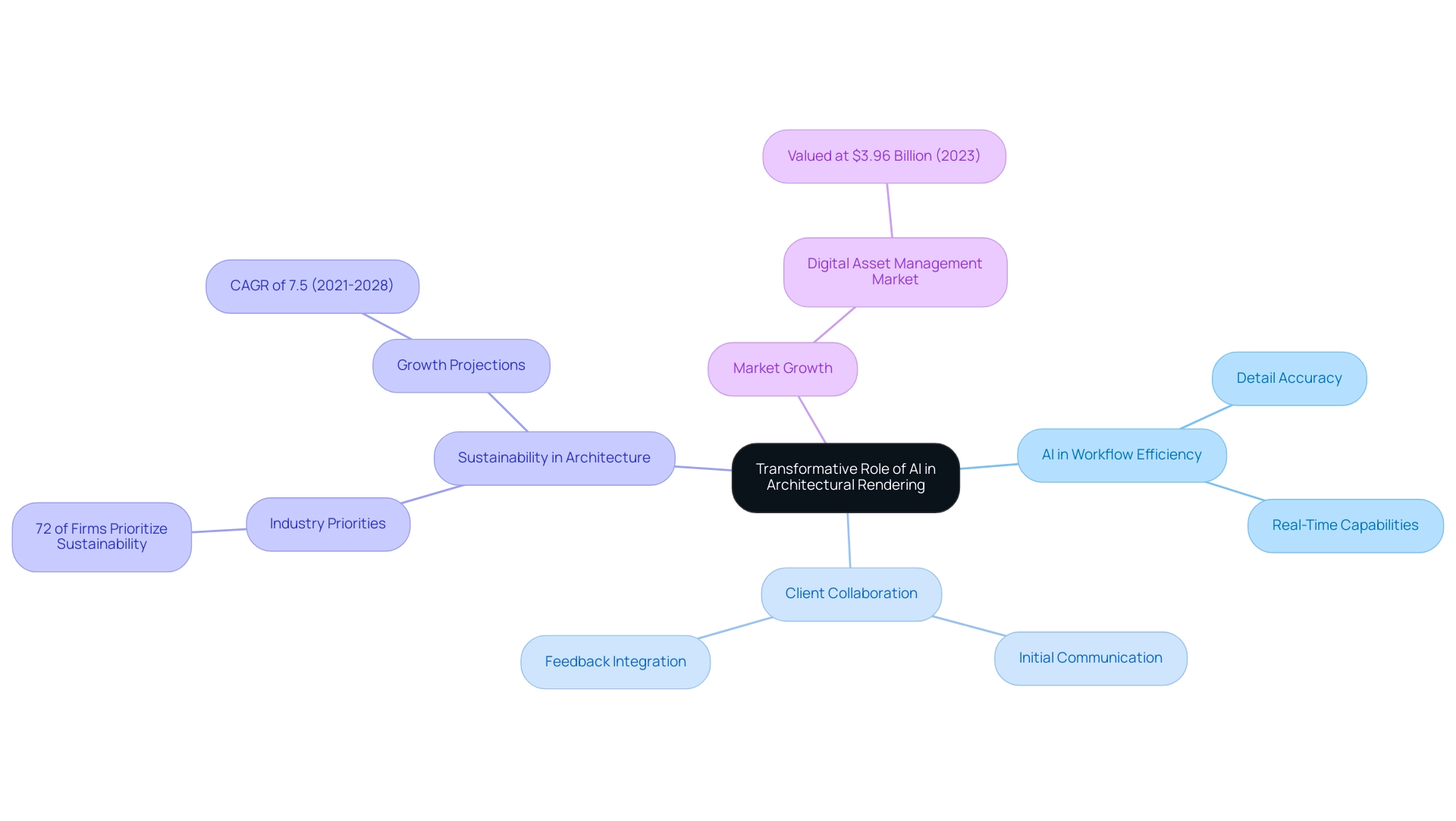
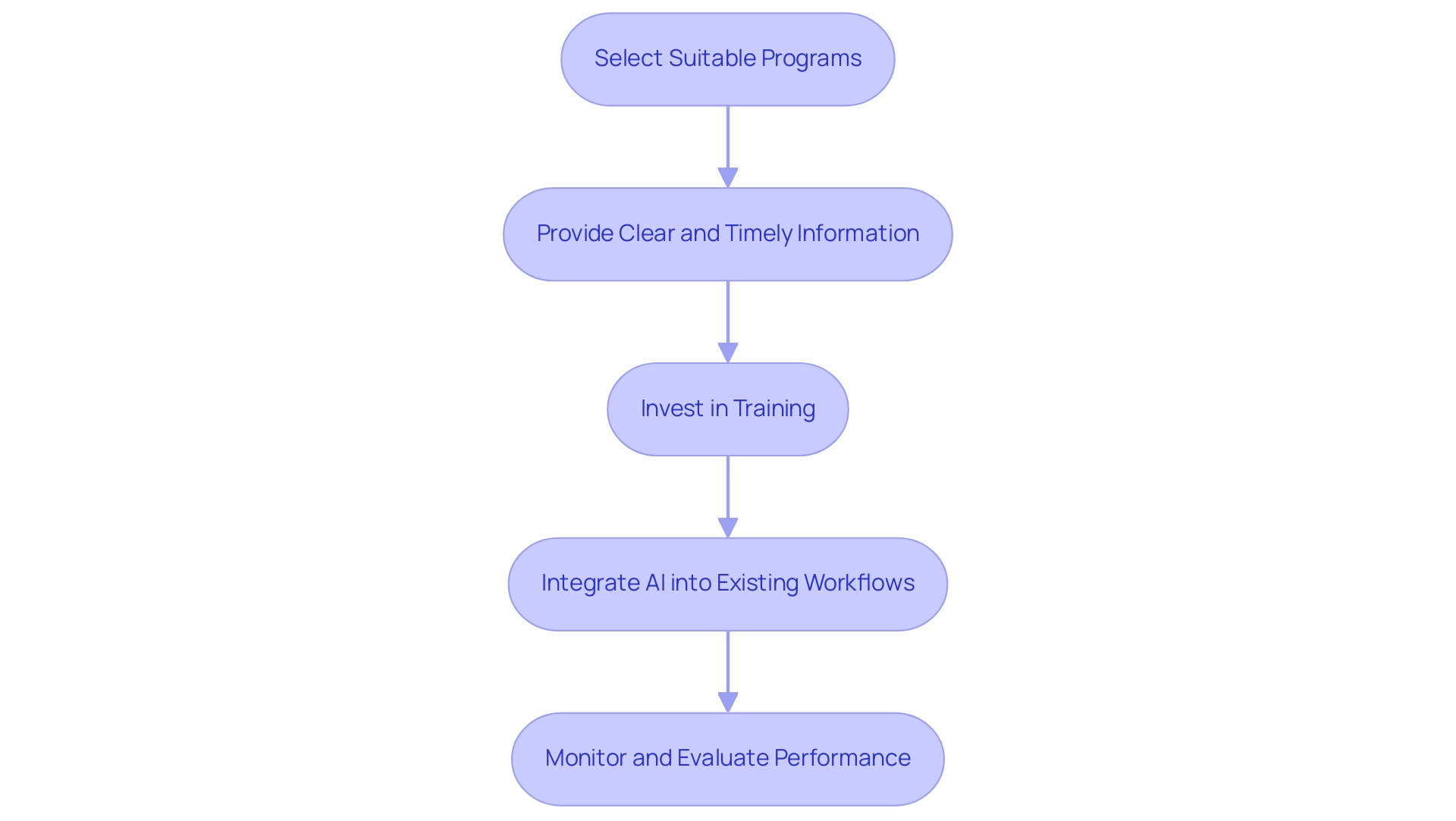
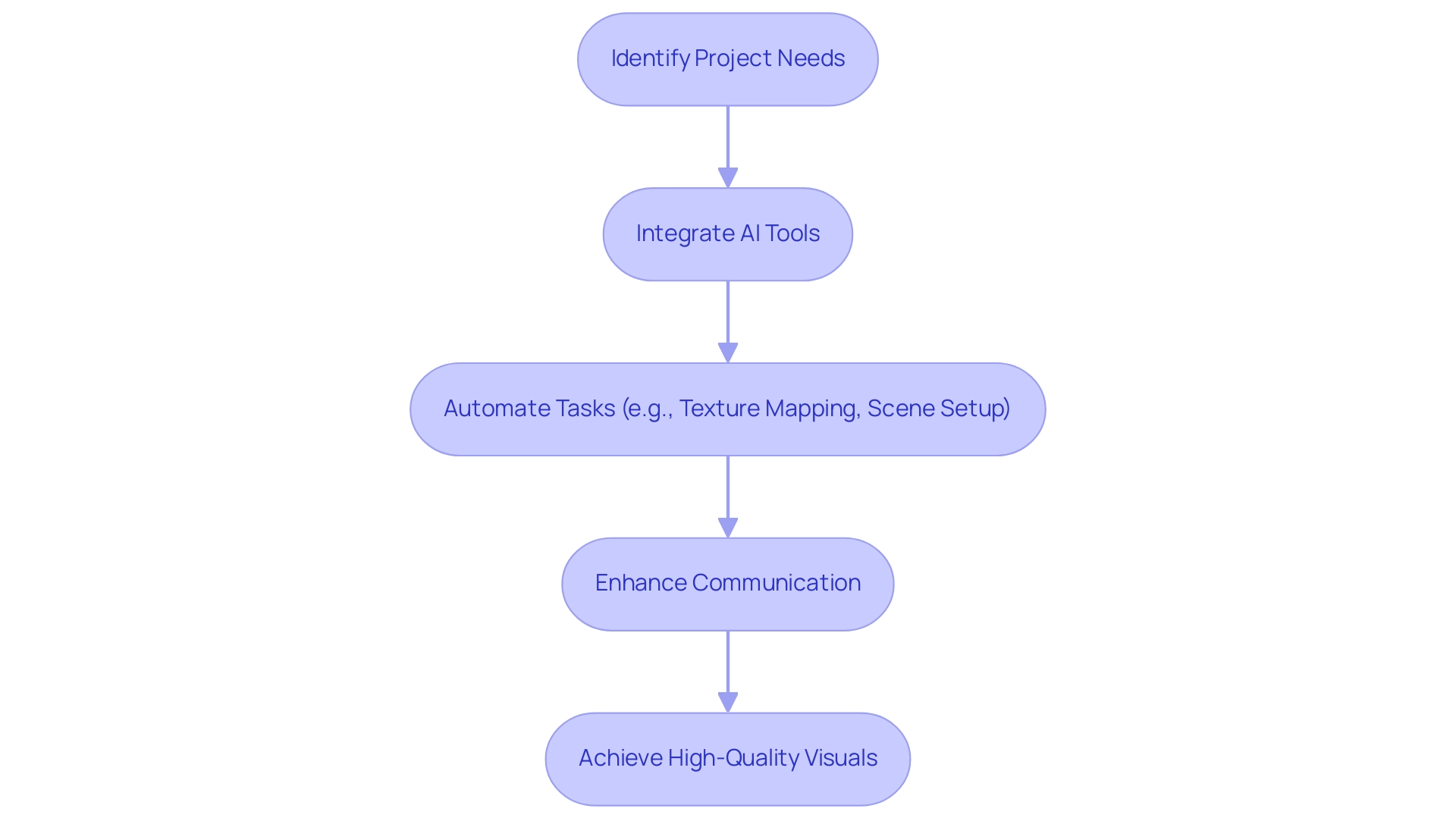
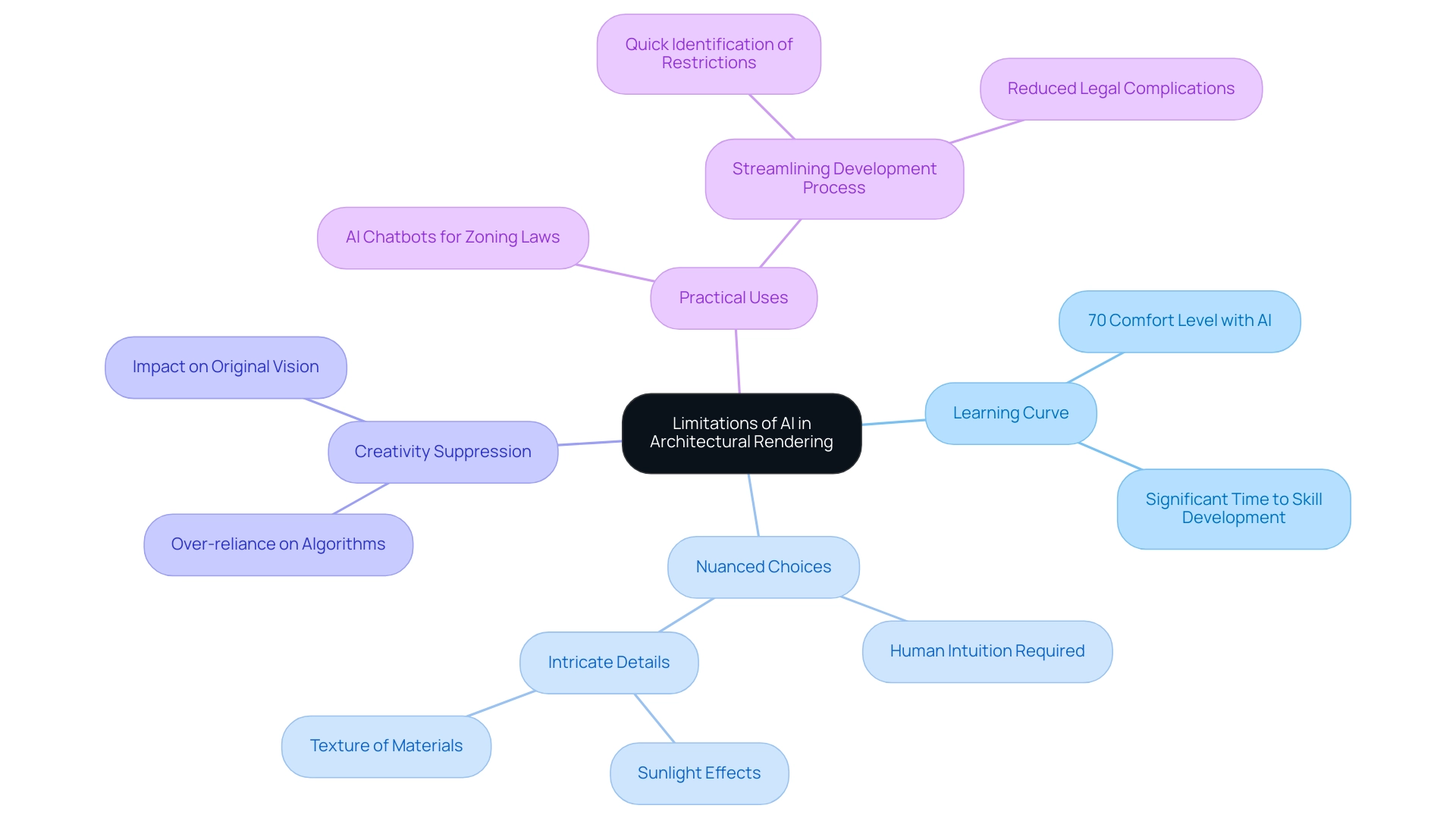
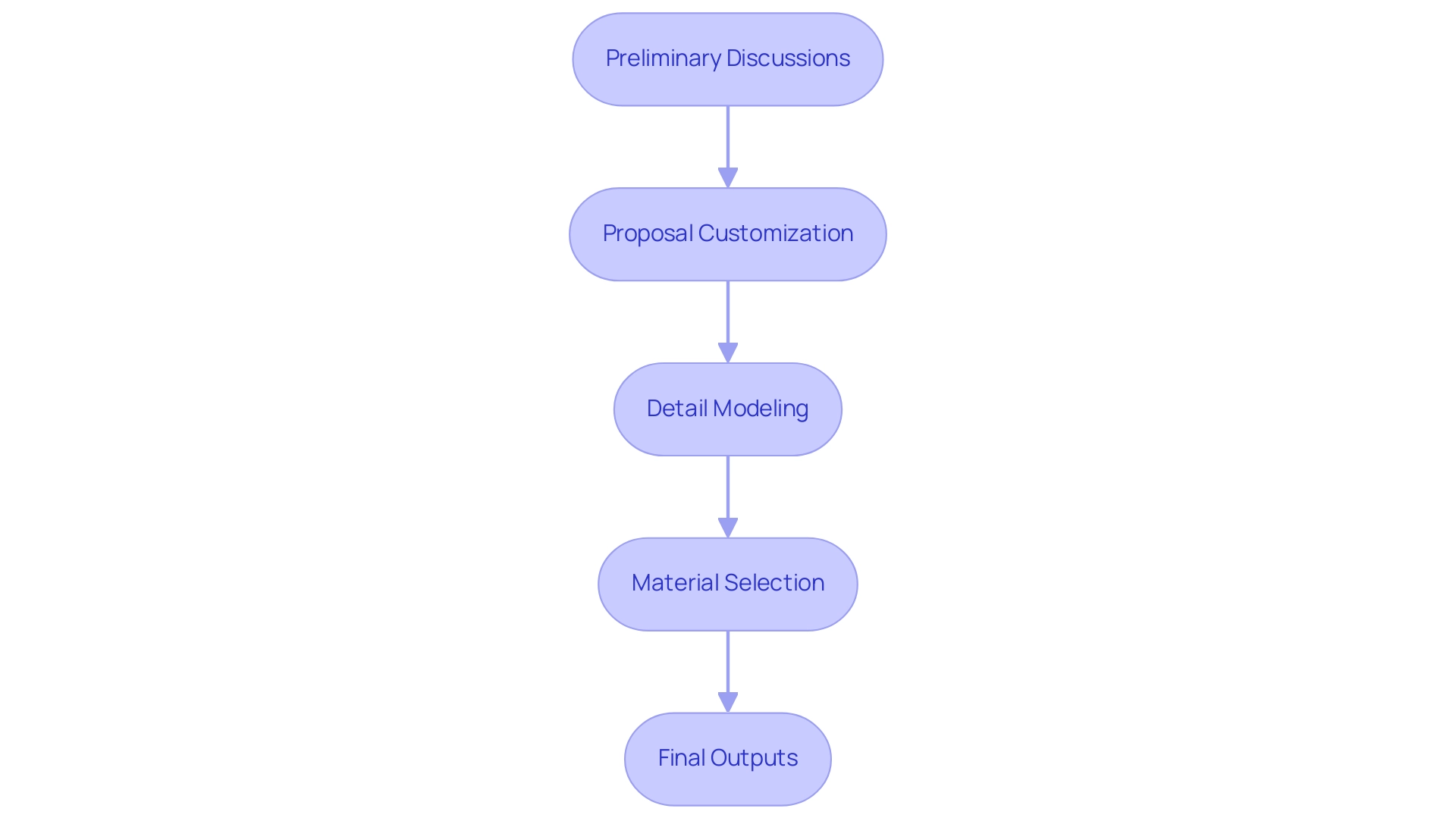
0 Comments